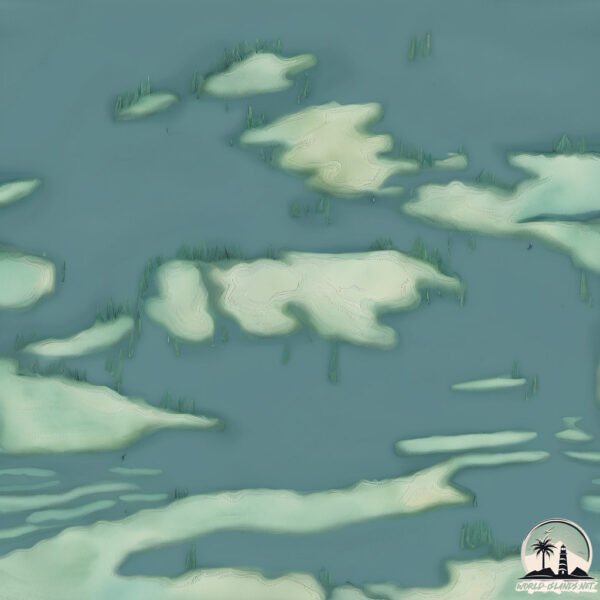Passage

Welcome to Passage, a Temperate island in the Tasman Sea, part of the majestic Pacific Ocean. This guide offers a comprehensive overview of what makes Passage unique – from its geography and climate to its population, infrastructure, and beyond. Dive into the details:
- Geography and Size: Explore the island’s size and location.
- Climate and Weather: Weather patterns and temperature.
- Topography and Nature: Uncover the natural wonders of the island.
- Infrastructure and Travelling: Insights on reaching, staying, and making the most of your visit.
- News and Headlines: Latest News.
Geography and size of Passage
Size: 2.043 km²
Coastline: 9.1 km
Ocean: Pacific Ocean
Sea: Tasman Sea
Continent: Oceania
Passage is a Small Island spanning 2 km² with a coastline of 9.1 km.
Archipel: Polynesia – A region of more than 1,000 islands in the central and southern Pacific Ocean, known for their diverse Polynesian cultures, stunning landscapes, and marine biodiversity.
Tectonic Plate: Australia – A major tectonic plate covering Australia, New Zealand, and parts of the Indian and Pacific Oceans, known for its relative stability and occasional seismic activity.
The geographic heart of the island is pinpointed at these coordinates:
Latitude: -42.02838601 / Longitude: 154.77053732
Climate and weather of Passage
Climate Zone: Temperate
Climate Details: Temperate Oceanic Climate
Temperature: Warm Summer
Climate Characteristics: Known for its moderate year-round temperatures with ample rainfall and no dry season. Warm summers are characteristic.
Topography and nature of Passage
Timezone: UTC+12:00
Timezone places: Pacific/Auckland
Max. Elevation: 45 m
Mean Elevation: 29 m
Vegetation: Sparse Vegetation with Trees/Shrubs
Tree Coverage: 75%
The mean elevation is 29 m. The highest elevation on the island reaches approximately 45 meters above sea level. The island is characterized by Plains: Flat, low-lying lands characterized by a maximum elevation of up to 200 meters. On islands, plains are typically coastal lowlands or central flat areas.
Dominating Vegetation: Sparse Vegetation with Trees/Shrubs
Areas where grasses and other herbaceous plants are prevalent, but with occasional presence of trees and shrubs. Often found in semi-arid regions or grasslands. Passage has a tree cover of 75 %.
Vegetation: 4 vegetation zones – Diverse Island
Four distinct vegetation zones mark these islands as ecologically diverse. They might feature varied landscapes such as forests, beaches, grasslands, and rocky areas. Such diversity reflects the island’s complex ecological interactions and varied habitats, which can support a rich array of wildlife and plant species.
Infrastructure and Travelling to Passage
Does the island have a public airport? no.
There is no public and scheduled airport on Passage. The nearest airport is Flinders Island Airport, located 59 km away.
Does the island have a major port? no.
There are no major ports on Passage. The closest major port is ONSLOW, approximately 95 km away.
The mean population of Passage is 0 per km². Passage is Uninhabited. The island belongs to New Zealand.
Continuing your journey, Coal is the next notable island, situated merely km away.
26 Passage Island, West Vancouver I Michele De Fehr - 360hometours.ca



New Zealand is classified as Developed region: G7: Group of Seven – Major advanced economies, including Canada, France, Germany, Italy, Japan, the United Kingdom, and the United States. The level of income is High income: OECD.
News – Latest Updates and Headlines from Passage
Stay informed with the most recent news and important headlines from Passage. Here’s a roundup of the latest developments.
Please note: The data used here has been primarily extracted from satellite readings. Deviations from exact values may occur, particularly regarding the height of elevations and population density. Land area and coastline measurements refer to average values at mean high tide.
